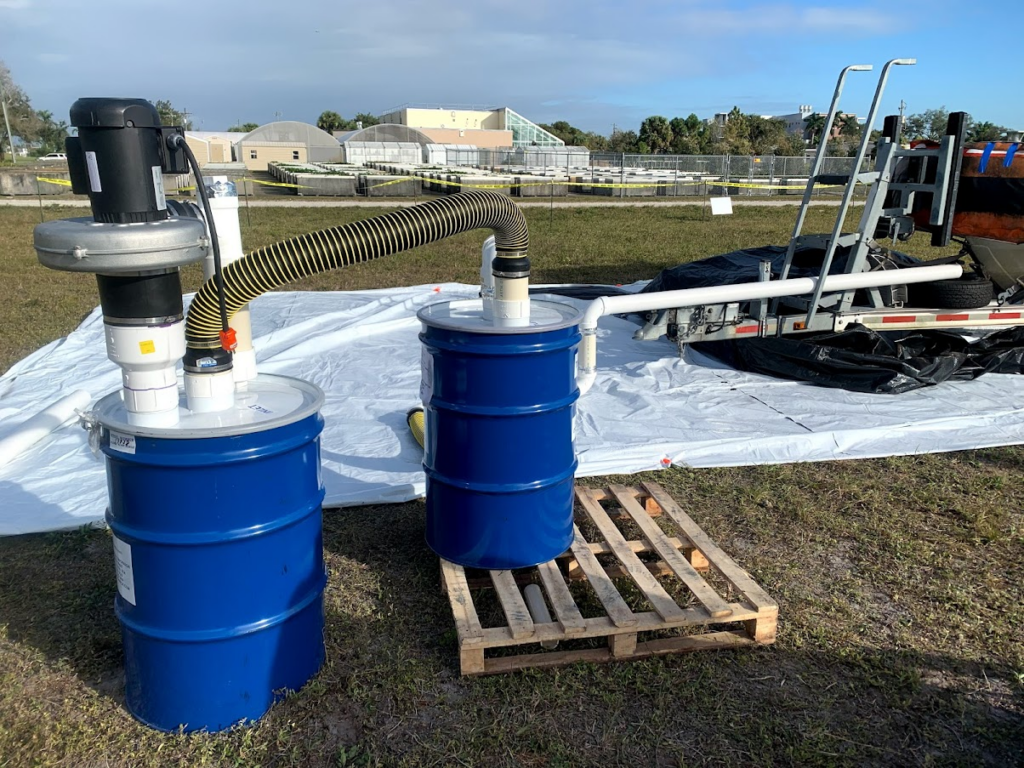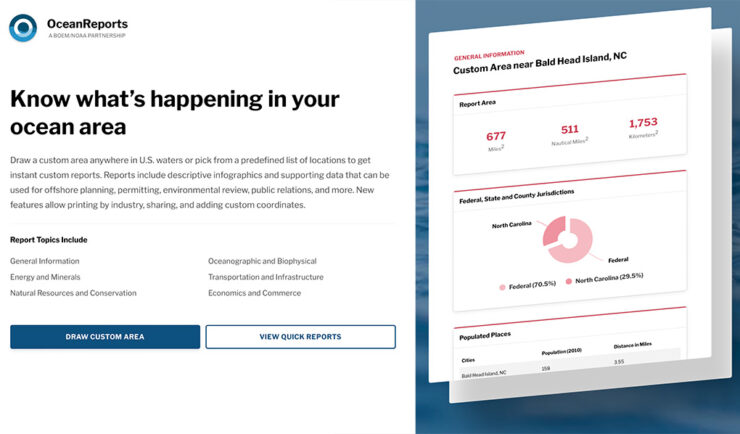Expert Guidance to EPA’s Consequence Management Advisory Division
Technical Support for EPA’s Consequence Management Advisory Division (CMAD) – CSS provides expert technical guidance and field support related to chemical, biological, radiological, and nuclear (CBRN) decontamination.

Acts of terrorism and other incidents can release dangerous chemical, biological, radiological, and nuclear (CBRN) materials. CSS researches and documents information on the best practices and most effective technologies for CBRN response.
About this Program
Our emergency response specialists prepare the technical guides, reports, databases, and other resources that guide responses to chemical, biological, radiological, and nuclear incidents. Our work provides national and local first responders with the tools they need to protect human health and the environment.
Working closely with EPA’s CMAD since 2007, CSS staff presents state-of-the science information in easy-to-use documents designed for federal, state, and local emergency responders and decisionmakers. We also help plan for and perform field demonstrations and exercises. This field work tests, refines, and documents the effectiveness of proposed approaches and decontamination technologies following the release of CBRN materials.
By the numbers:
100Tasks or Technical Directives performed for CMAD since 2007
40+CBRN tactical, field, and quick response guides produced for first responders
16Field demonstrations and exercises supported
Additional Projects

Cleaning Up the National Anthrax Attack
Challenge CSS working alongside of the U. S. Centers for Disease Control characterized the extent of building contamination and subsequently determined that the entire 100,000 foot building and contents would need to be decontaminated. A novel method needed to be developed and implemented for cleaning the massive number of mail pouches, packages and artifacts destined…

Development support of NOAA/NOA OceanReports
CSS’s Team helped create the OceanReports web-based tool that assists in the analysis of coastal and marine resources for commerce, development, and conservation.

Operation and Maintenance of High Throughput Mobile Laboratory Units
Analytical Support for EPA’s Consequence Management Advisory Division (CMAD) – CSS operates and maintains 10 mobile analytical laboratories under contract with EPA’s Office of Emergency Management.

Get in touch
Contact us to learn more about our projects, capabilities, solutions, and service offerings.







